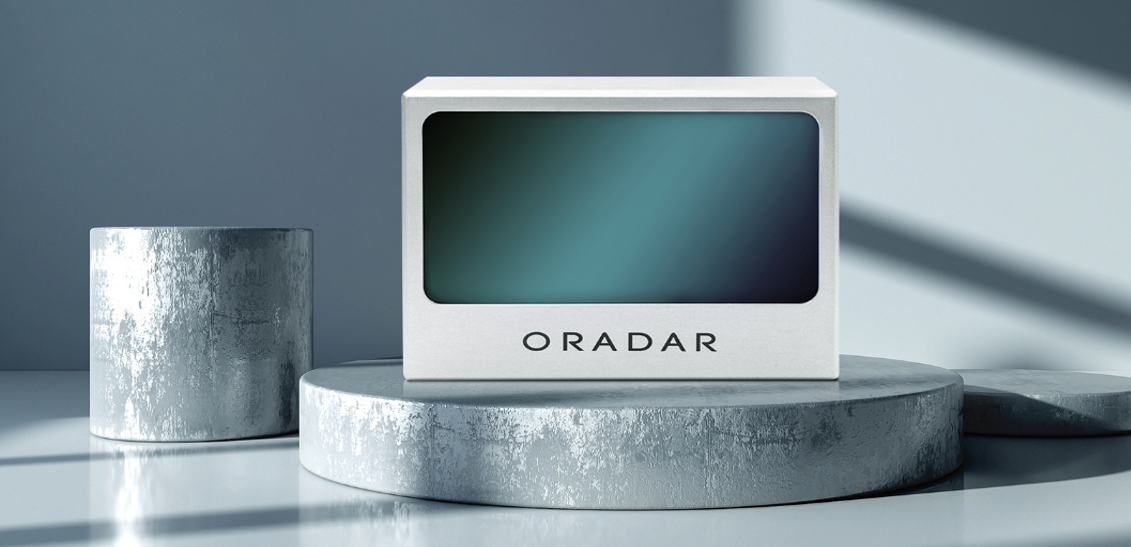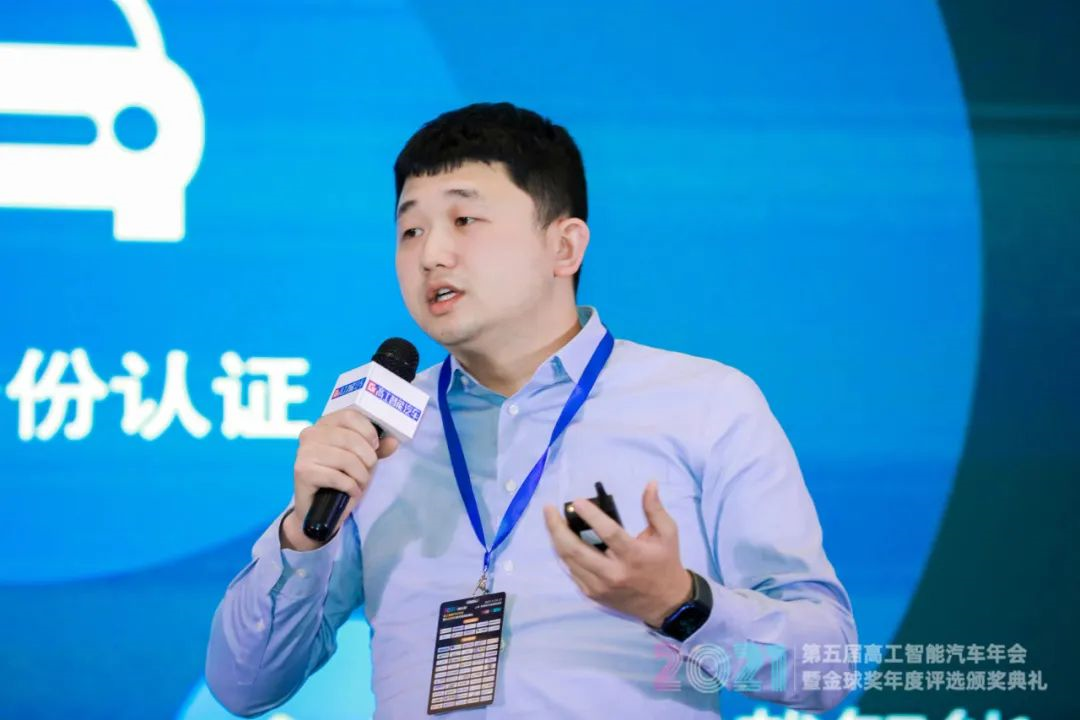3D visual perception is about to "launch"! Oradar Chen Zhi elaborates the application of vehicle-gra
The 5th Gaogong Intelligent Vehicle Annual Conference was held in Shanghai from November 25 to 27. Shenzhen Oradar Technology Co., Ltd. (hereinafter referred to as "Oradar") participated in the exhibition as the sponsor of this annual meeting, bringing self-developed in-vehicle 3D TOF intelligent cockpit applications and all-solid-state SPAD array lidar technology solutions. Dr. Chen Zhi, deputy general manager of Oradar, delivered a speech in the cockpit IOV special session, sharing the latest trends of in-vehicle 3D cameras in the field of intelligent vehicles, as well as Oradar's layout in the field of 3D intelligent cockpit applications.
3D camera "launching" has become a trend, and digital identity authentication can be completed by swiping your face
In his speech entitled "Application of 3D Visual Perception Technology in Intelligent Cockpits", Dr. Chen Zhi analyzed the underlying principle and commercial application trend of 3D visual perception technology based on the general trend of computer vision upgrading from 2D to 3D as the starting point.According to market forecasts, the global vehicle camera market was 11.2 billion US dollars in 2019, compared with 4.7 billion yuan in the Chinese market. It is estimated that the global vehicle camera market will reach 27 billion US dollars by 2025, and the Chinese vehicle camera market is expected to exceed 23 billion yuan."3D visual perception technology allows intelligent hardware to perceive, think, judge, and make decisions like humans, which greatly promotes the process of terminal intelligence. The field of intelligent vehicles is the next "home ground" for 3D visual perception technology to take the spotlight, bringing products such as vehicle-grade 3D cameras and lidars into mass production." said Dr. Chen Zhi.Dr. Chen Zhi delivered a speech at the annual conference of Gaogong Intelligent VehicleDr. Chen Zhi believes that the upgrade of in-vehicle cameras from 2D to 3D will bring a more intelligent cockpit vision system, which will greatly improve the safety and comfort of cars and the in-depth interactive experience of drivers and passengers. In the intelligent cockpit scenario, the 3D camera can realize safety functions such as face recognition, reminder of children left behind, reminder of driver fatigue, and real-time monitoring. Users can log in and pay in the car easily by "face swiping", and intelligently interact with the car based on gesture recognition.Taking the 3D intelligent cockpit application launched by Oradar as an example, users can use the 3D camera to swipe their faces for authentication to achieve secure digital identity authentication. Users can easily use the in-vehicle apps and complete transactions in the car based on the deep integration of the perception data obtained by the 3D TOF system and the intelligent cockpit. Biometric identification technology represented by 3D visual perception has been maturely commercialized in industries such as mobile phones and offline retail face payment, while in the intelligent vehicle industry, the application of 3D visual perception technology has just emerged, with a broad market space. In the future, as in-vehicle 3D cameras are used on a large scale, the biometric application ecology will be further improved.
Self-developed vehicle-grade 3D TOF module reference design unveiled, active imaging with excellent anti-interference performance
Oradar is a leading provider of in-vehicle 3D visual sensor solutions in China. Its products include lidar and 3D TOF cameras for the mobile robot industry and the automotive industry. Based on the 3D vision sensing technology R&D resources of its parent company Orbbec, Oradar provides modular and customized products and solutions in the field of in-vehicle 3D vision.Since its establishment in 2019, Oradar has been committed to the innovative design of the underlying core components and new architecture of lidars and in-vehicle 3D cameras, and has developed vehicle-grade 3D TOF face recognition cameras for the front-mounted market. Based on this module, manufacturers can develop intelligent cockpit applications such as in-vehicle item detection, passenger attribute analysis, face-swiping to open doors, in-vehicle 3D Face ID, driving behavior detection, and gesture recognition.In his speech, Chen Zhi demonstrated the performance of Oradar in-vehicle 3D TOF face recognition camera module. The module is designed with reference to the vehicle-grade 3D iTOF system, with excellent anti-interference performance for active imaging, and is suitable for various scenarios inside and outside the car. In addition, the module's customizable structure and compact size allow it to be flexibly matched to various installation positions and adapted to multiple hardware platforms such as Qualcomm, NXP, and TI.SPAD Array Lidar Won the "Annual Innovation Technology Award"
In June this year, Oradar launched a SPAD array lidar technology solution, which is designed based on area array SPAD detectors and addressable VCSEL devices. Without any moving parts, it achieves true all-solid state and has a single photon level detection capability. At the annual conference, the solution won the "Annual Innovation Technology Award" of Gaogong Intelligent Vehicle.
Oradar won the "Annual Innovation Technology Award" of Gaogong Intelligent Vehicle, and Dr. Chen Zhi received the award
It is reported that the solution also significantly improves the system's signal-to-noise ratio through electronic scanning technology, effectively detects long-distance low-reflection targets, and effectively resists ambient light. Moreover, through the modular design, manufacturers only need to replace the lens and parameter configurations to apply to different scenarios, which greatly reduces production and maintenance costs. The solution also has features such as high-precision synchronous signal interface, area array imaging mode, and multi-sensor fusion, which helps comprehensively improve the automatic driving capability of intelligent vehicles.
Oradar SPAD lidar
3D visual perception technology will greatly improve the level of digitization for cars, enrich the ecosystem of automotive space applications, and make cars smarter and safer. Chen Zhi said, "Oradar has been exploring the digitization and intelligence of automobiles, starting from perception to study how to improve the level of digitization for cars. Oradar will continue to develop various in-vehicle 3D visual sensor solutions and deeply empower autonomous mobile terminals including cars and robots. " 


